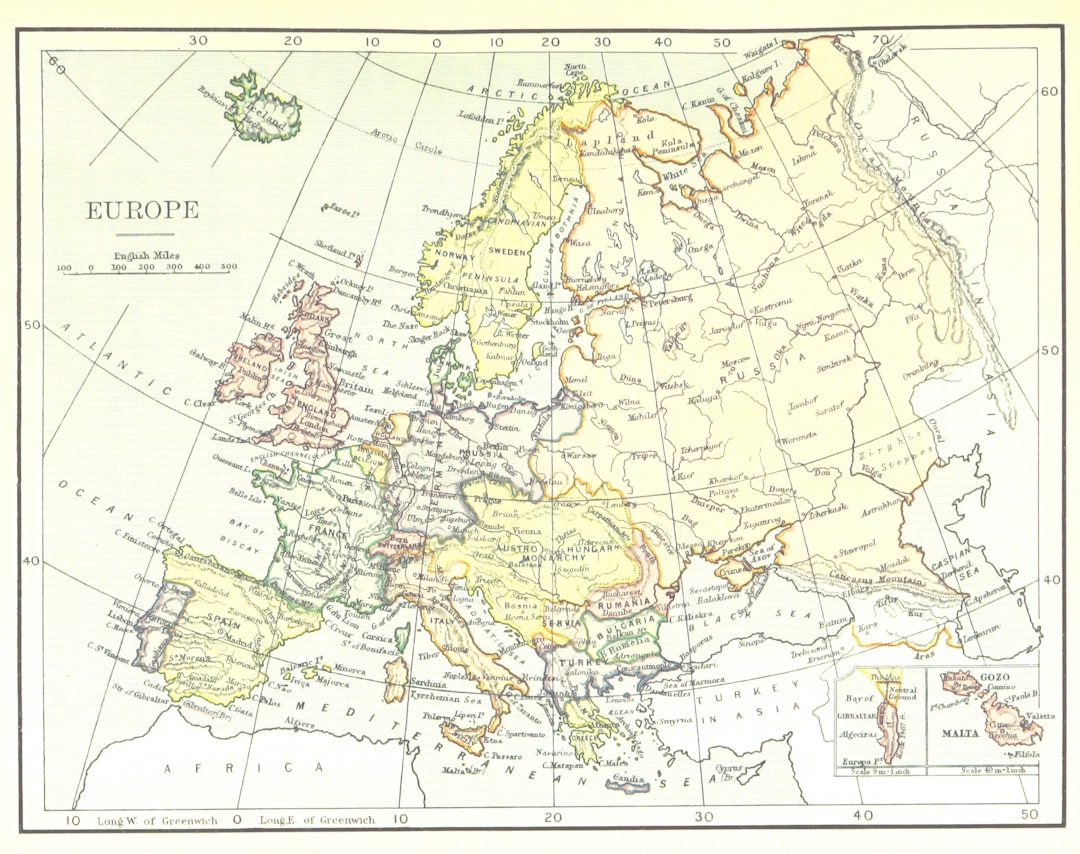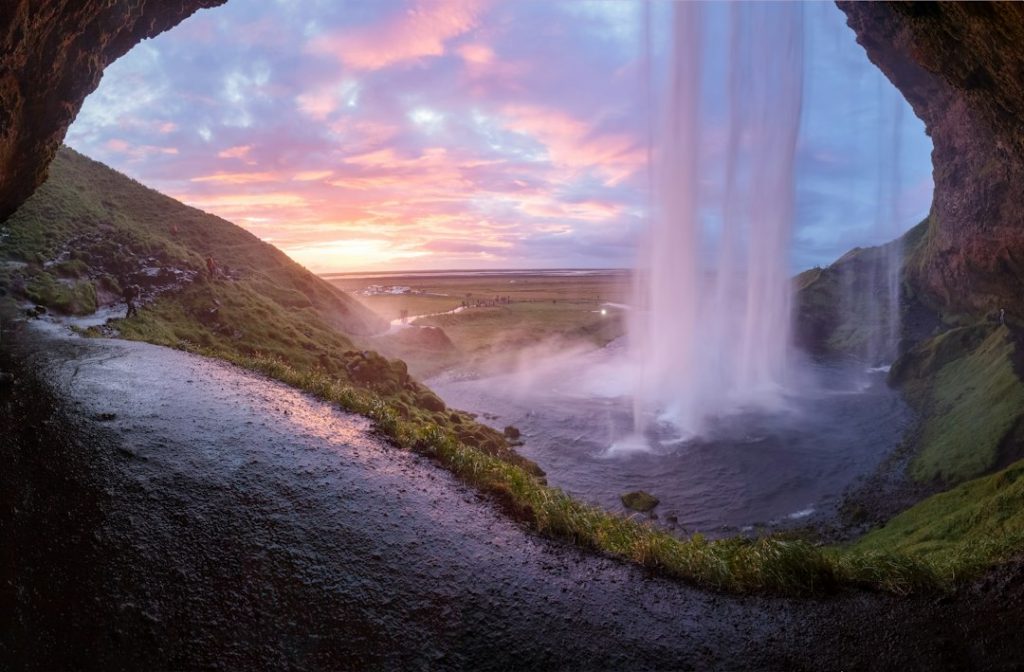
Political Boundaries of Iceland: Provinces, Districts, or Historical Boundaries.
Iceland, a Nordic island country located in the North Atlantic Ocean, is known for its stunning natural landscapes, including geysers, hot springs, waterfalls, and volcanoes. The country is also renowned for its unique political boundaries, which have evolved over centuries. Iceland’s political boundaries are defined by its provinces and districts, which play a crucial role in the governance and administration of the country. Understanding the political boundaries of Iceland is essential for comprehending the country’s history, culture, and governance.
Summary
- Iceland’s political boundaries are defined by its geographical location in the North Atlantic Ocean and its historical ties to Denmark.
- The country is divided into 8 provinces, each with its own unique characteristics and cultural identity.
- Within these provinces, there are 23 districts, each with its own local government and administrative functions.
- Iceland’s historical boundaries have been shaped by various factors, including Viking settlements, medieval kingdoms, and colonial rule.
- The evolution of Iceland’s political boundaries has been influenced by independence movements, international treaties, and changes in governance structures.
Provinces of Iceland
Iceland is divided into eight geographical regions known as provinces. These provinces are Austurland, Hofudhborgarsvaedhi, Nordhurland Eystra, Nordhurland Vestra, Sudhurland, Sudhurnes, Vestfirdhir, and Vesturland. Each province has its own unique characteristics and cultural heritage, contributing to the diversity of the country. The provinces are further divided into districts, which are responsible for local administration and governance. The provinces of Iceland play a significant role in the distribution of resources, infrastructure development, and regional planning. They also serve as important administrative units for the implementation of government policies and programs.
The provinces of Iceland are not only geographical divisions but also hold historical and cultural significance. Each province has its own distinct identity, shaped by its natural environment, history, and traditions. For example, Austurland, located in the eastern part of Iceland, is known for its dramatic fjords, rugged mountains, and rich fishing grounds. In contrast, Hofudhborgarsvaedhi, which encompasses the capital city of Reykjavik and its surrounding areas, is the most densely populated and urbanized region in the country. Understanding the provinces of Iceland is essential for appreciating the country’s regional diversity and the unique challenges and opportunities faced by each region.
Districts of Iceland
The provinces of Iceland are further divided into 23 districts, each with its own local government and administrative functions. These districts are responsible for providing essential public services, such as education, healthcare, transportation, and social welfare, to their residents. The districts also play a crucial role in local economic development, land use planning, and environmental conservation. Each district is governed by a district council, which is elected by the local population and is responsible for making decisions on behalf of the community.
The districts of Iceland vary in size, population, and economic activities. For example, Reykjavik, the capital city district, is the most populous and economically vibrant district in the country. It is home to major government institutions, businesses, cultural attractions, and educational facilities. In contrast, rural districts such as Austur-Hunavatnssysla and Vestur-Skaftafellssysla are characterized by small communities, agriculture-based economies, and pristine natural landscapes. The districts of Iceland reflect the country’s diverse social and economic fabric and are essential for ensuring effective governance at the local level.
Historical Boundaries of Iceland
The historical boundaries of Iceland have been shaped by a complex interplay of geological forces, human settlement patterns, and political developments. The island of Iceland was formed by volcanic activity millions of years ago and has been continuously shaped by glaciers, rivers, and tectonic movements. The earliest human inhabitants of Iceland were Norse settlers who arrived in the 9th century and established the first permanent settlements. Over time, these settlements grew into independent chieftaincies with their own territorial boundaries and legal systems.
During the medieval period, Iceland was divided into four main regions known as quarters (fjordungar), each governed by a chieftain or gothi. These quarters were further divided into smaller administrative units known as hreppar, which were responsible for local governance and dispute resolution. The historical boundaries of Iceland were fluid and often contested, leading to conflicts between rival chieftains and clans. The Althing, one of the world’s oldest parliaments established in 930 AD, played a crucial role in mediating disputes and maintaining a semblance of political order within these shifting boundaries.
Evolution of Iceland’s Political Boundaries
The evolution of Iceland’s political boundaries can be traced through significant historical events and administrative reforms. In the 13th century, Iceland came under Norwegian rule and later fell under Danish control in the 14th century. During this period, the traditional chieftaincies were gradually replaced by a centralized administrative system imposed by the Danish crown. The country was divided into counties (syslur), each governed by a royal official known as a syslumadur.
In the 19th century, Iceland experienced a resurgence of national identity and calls for greater autonomy from Denmark. This led to the establishment of a national assembly in 1845 and the gradual devolution of administrative powers to local authorities. The provinces and districts as we know them today began to take shape during this period, reflecting a growing sense of regional identity and self-governance. In 1918, Iceland became a sovereign state within the Kingdom of Denmark with its own constitution and parliament (Althing). Finally, in 1944, Iceland became an independent republic with full control over its political boundaries and governance.
Impact of Political Boundaries on Iceland’s Governance
The political boundaries of Iceland have had a profound impact on the country’s governance and public administration. The decentralization of power to provinces and districts has allowed for more responsive and tailored governance at the local level. It has also facilitated the preservation of regional cultures and traditions while promoting economic development and social welfare. The provinces and districts play a crucial role in resource allocation, infrastructure development, and environmental management, ensuring that the diverse needs of different regions are met.
At the same time, the political boundaries of Iceland have presented challenges in terms of coordination and cooperation between different administrative units. Ensuring equitable access to public services and opportunities across all provinces and districts remains a priority for the government. The geographical isolation of some regions also poses logistical challenges in terms of service delivery and connectivity. Efforts to bridge these gaps through improved infrastructure, communication networks, and regional development initiatives are ongoing.
Future of Iceland’s Political Boundaries
The future of Iceland’s political boundaries is likely to be shaped by ongoing demographic shifts, economic trends, and environmental changes. As urbanization continues to increase in certain regions, there may be a need for greater investment in urban infrastructure and services. At the same time, rural areas may require targeted support to sustain their communities and preserve their unique way of life. Climate change is also expected to have an impact on Iceland’s political boundaries as it alters natural landscapes and resource availability.
The government will need to adapt its policies and governance structures to address these evolving challenges while ensuring that all provinces and districts are able to thrive. Collaboration between different administrative units will be essential in tackling common issues such as environmental conservation, disaster management, and economic development. The political boundaries of Iceland will continue to play a vital role in shaping the country’s future trajectory as it seeks to balance regional diversity with national cohesion.
FAQs
What are the political boundaries of Iceland?
The political boundaries of Iceland are divided into regions, municipalities, and constituencies.
How many provinces are there in Iceland?
Iceland does not have provinces. Instead, it is divided into regions, which are administrative divisions for local government purposes.
How many districts are there in Iceland?
Iceland is divided into 74 districts, which are further divided into municipalities.
What are the historical boundaries in Iceland?
Historical boundaries in Iceland refer to the traditional divisions of the country, such as the four quarters of the island: Norðurland, Suðurland, Vesturland, and Austurland. These historical boundaries are not used for administrative purposes today.


